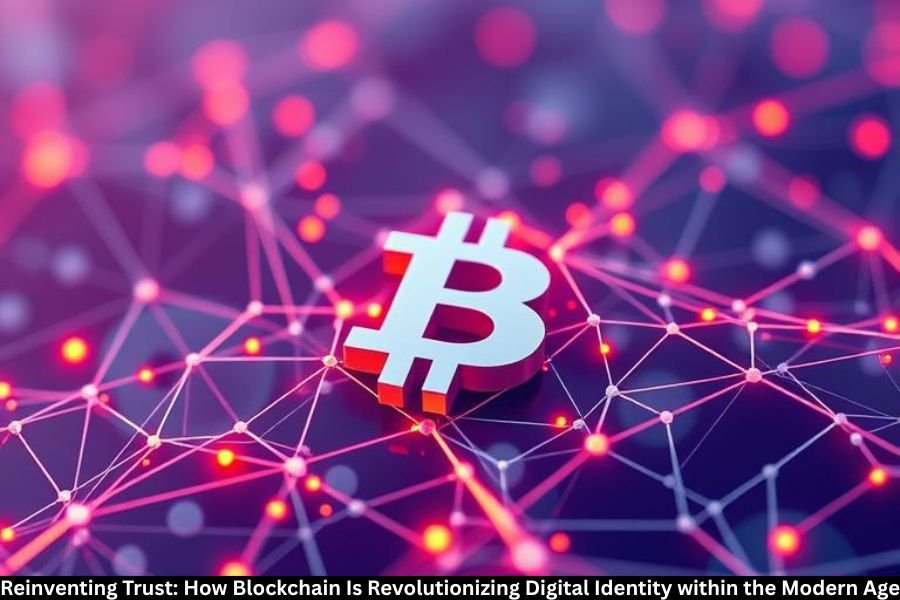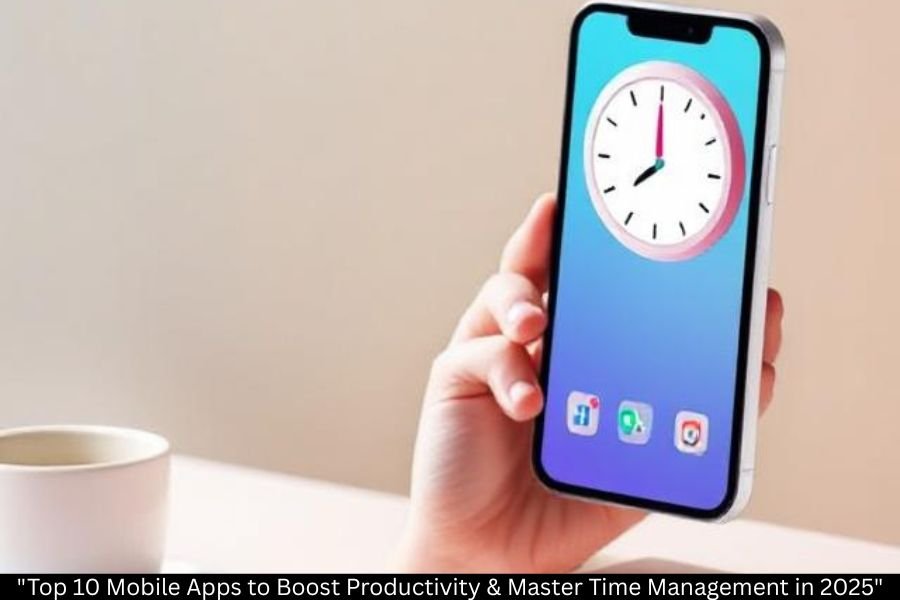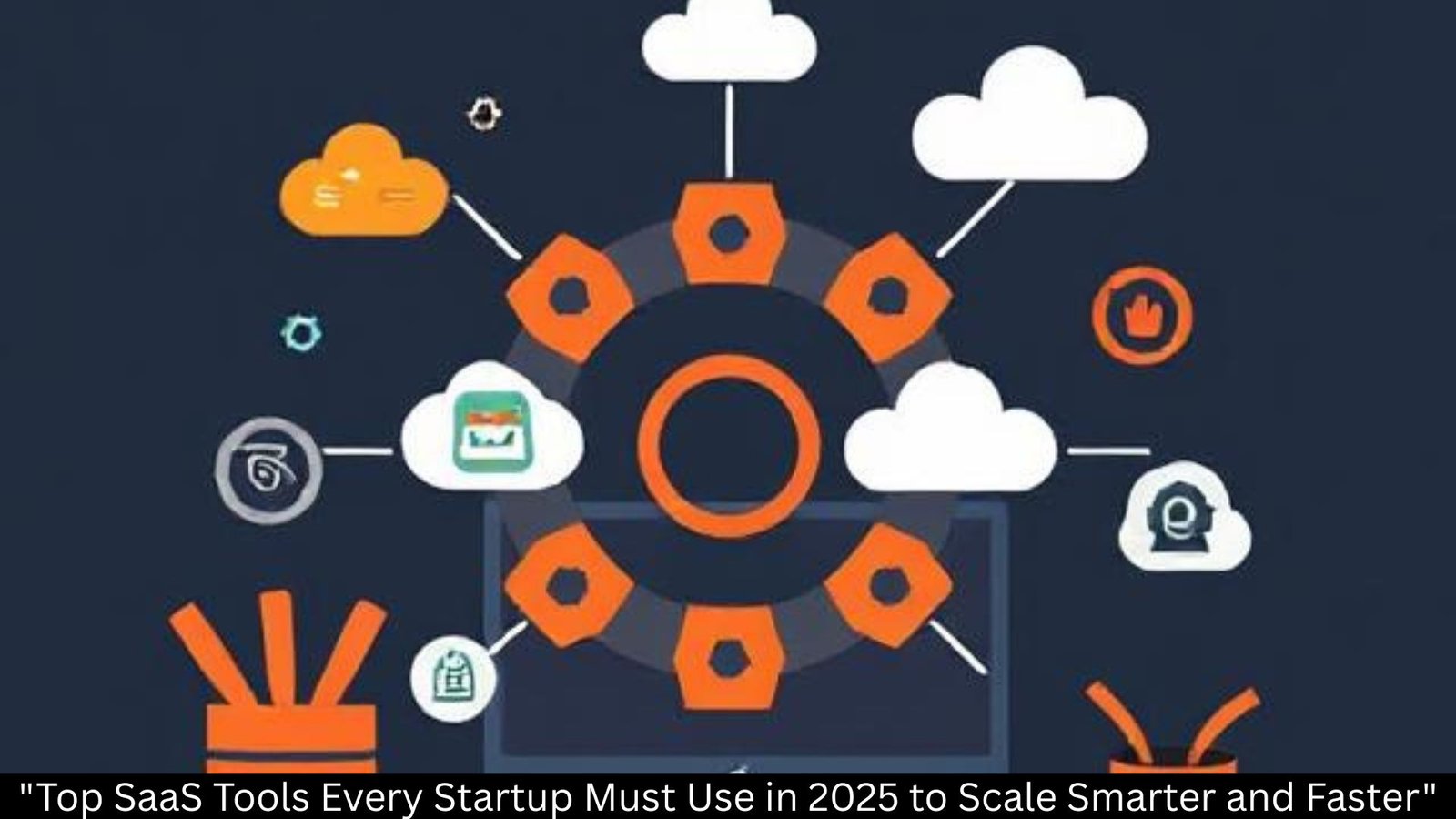Digital identification is the cornerstone of ways we engage on-line. From logging into your financial institution to signing up for a social media account, it’s all powered with the aid of systems that affirm who you are. But here’s the thing—those systems are damaged.
We rely upon passwords, safety questions, and centralized databases which are frequently prone to hacking and misuse. Enter blockchain. This innovative technology is shaking up the entirety from finance to logistics—and now, it’s remodeling digital identity.
Let’s break it down.
What is Blockchain-Based Digital Identity?
Core Concept
A blockchain-primarily based digital identification makes use of a decentralized ledger to shop, manage, and verify non-public credentials. This means your facts isn’t controlled by using a central authority but by way of you, the consumer.
Why It’s Different from Traditional Systems
Traditional systems keep identification facts on centralized servers—a hacker’s dream. Blockchain spreads that information across a community, secured with cryptography. You manipulate access, no longer a tech large or government organization.
How Will Blockchain Significantly Transform Digital Identity?
Decentralization
Decentralization removes the intermediary. Blockchain allows people to create, own, and manipulate their identity without counting on 0.33-birthday celebration verification.
User Ownership and Control
You determine what facts to proportion, with whom, and for how long. Want to show you’re over 18 without revealing your birthdate? Blockchain can try this.
Improved Security
With immutable facts and cryptographic protections, information stored on a blockchain is almost not possible to tamper with. Forget information breaches—this tech makes them almost obsolete.
The Role of Blockchain in Digital Transformation
Enabling Seamless Verification
Blockchain permits instant, sincere identification tests—best for virtual transformation across industries like banking, healthcare, and education.
Reducing Identity Fraud
Fake IDs? Phishing scams? These problems fade away when credentials are blockchain-proven and tamper-evidence.
Empowering Underserved Populations
Over 1 billion human beings worldwide don’t have any official identification. Blockchain can offer them get admission to to financial, healthcare, and government offerings by way of issuing virtual IDs established at the blockchain.
How Does Blockchain Apply to Digital Identity Verification inside the Metaverse?
Avatars and Virtual Identities
In the metaverse, users have avatars that engage in digital environments. Blockchain guarantees that the identity at the back of the avatar is reputable—with out revealing unnecessary non-public information.
Interoperability Across Platforms
Blockchain enables identities to work throughout distinctive structures—say good-bye to developing a brand new account for every recreation or app.
Real-Time Trust in Virtual Environments
Want to shop for virtual land or attend a VR business assembly? Blockchain-backed IDs make certain each person in the room is who they say they’re.
Understanding Digital Identity in Blockchain
Self-Sovereign Identity (SSI)
SSI way you own your identity—now not the authorities, now not Facebook, no longer Google. Blockchain makes this idea technically and legally possible.
Decentralized Identifiers (DIDs)
DIDs are like electronic mail addresses for blockchain identities—however they’re no longer tied to any company and don’t require permission to create.
Verifiable Credentials
These are virtual files that show something about you—your age, degree, license—established and secured on blockchain.
How Does Blockchain Enhance Identity Privacy?
Zero-Knowledge Proofs
These can help you prove some thing is true with out revealing the actual information. Like proving you’re over 21 with out showing your birthdate.
Selective Disclosure
Share simplest what’s essential—no greater turning in your complete name, date of beginning, and address simply to hire a automobile.
No Central Honeypots for Hackers
Since there’s no relevant server, there’s no juicy goal for hackers. Data breaches? Not so clean anymore.
Use Cases of Blockchain in Digital Identity
Government and National ID Systems
Estonia’s e-residency program is a prime instance of blockchain in movement—stable, digital IDs for residents and corporations alike.
Healthcare
Blockchain can stable affected person records, make certain access best for authorized specialists, and even allow sufferers bring their health records anywhere.
Financial Services
KYC (Know Your Customer) techniques grow to be faster, cheaper, and more stable with blockchain. No more paperwork nightmares.
Challenges in Implementing Blockchain Identity Systems
Technical Limitations
Blockchain is not magic. It’s nevertheless evolving, and scalability is a major challenge.
Regulatory Hurdles
Governments are nonetheless catching up. Legal reputation of blockchain IDs varies broadly.
Public Awareness and Adoption
People don’t trust what they don’t recognize. Education is prime before mass adoption takes place.
Future Trends and Possibilities
Blockchain + AI for Identity
Imagine AI bots checking your credentials instantly and securely, powered by means of blockchain.
Cross-Border Digital IDs
No more passport queues—your digital ID should soon be used globally, seamlessly.
Universal ID Wallets
Think of it like Apple Wallet, however for your whole identity—stable, portable, and completely yours.
Conclusion
Blockchain isn’t only a buzzword. It’s actively reworking how we outline, use, and protect our virtual identities. From
removing fraud to providing you with full manipulate over your information, it’s reshaping the destiny of accept as true with online.
As we head right into a international where digital interactions are the norm—even within the metaverse—blockchain could be on the core of ensuring that who you’re online is truely… You.
FAQs
How does blockchain enhance the security of digital identification?
It makes use of decentralization and cryptographic hashing, making it extraordinarily tough to tamper with or thieve identification statistics.
Is blockchain identification similar to a digital wallet?
Not exactly. A virtual wallet stores statistics (like credentials), even as blockchain identification refers to the decentralized system that verifies it.
Can blockchain help save you identification robbery?
Yes! Because customers manipulate their records and it is encrypted, it’s lots more difficult for bad actors to get right of entry to or misuse it.
Are there any dangers to the usage of blockchain for virtual ID?
Scalability, regulatory reputation, and public attention are the main challenges—not the tech itself.
How quickly will blockchain-primarily based identity be mainstream?
Some international locations and industries are already piloting it. Mass adoption might take five–10 years, but we’re headed there speedy.



